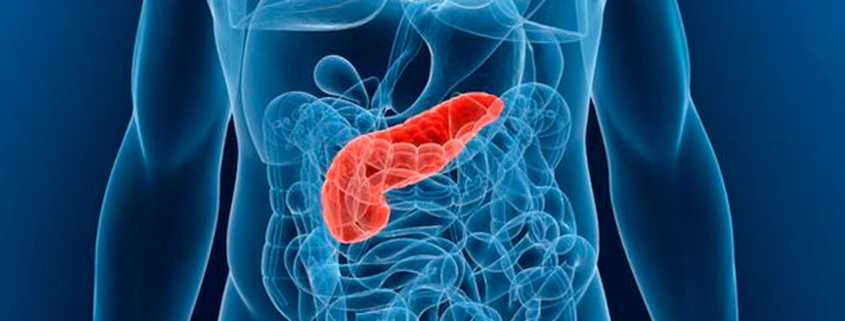Idiopathic acute pancreatitis
Endosonography vs cholangiopancreatoresonance in patients with idiopathic acute pancreatitis
Source: Digestive Diseases and Sciences
Comment
Despite progress in diagnostic imaging, many patients with acute pancreatitis remain without an etiologic diagnosis. According to reports, 25-30% of cases of acute pancreatitis are diagnosed as idiopathic due to lack of clear evidence of biliary lithiasis or other cause.
The efficacy of endosonography (EUS) in the diagnosis of idiopathic acute pancreatitis (IAP) is already known, because it is able to detect small (=or<4mm) occult biliary lithiasis in the gallbladder or bile duct. It also contributes to the diagnosis of chronic pancreatitis, or small tumors responsible for PAI such as IPMN. Cholangiopancreatoresonance (CPRMN) has advanced in the last 10 years and is also able to detect small stones in the bile duct and abnormalities in the pancreatic ducts.
A prospective study was developed to compare these two techniques in the etiological diagnosis of the disease, performed after the acute phase of the disease.
During 2008 and 2010, 128 patients diagnosed with acute pancreatitis were included in the study. After the first-line studies (serology, abdominal ultrasound and computed tomography), if the etiology was not found, second-line studies (EUS and MRCP) were performed after two months (or more if the pancreatitis was severe).
With the first-line studies, etiological diagnosis was made in 83 cases of acute pancreatitis. Of the 45 patients diagnosed with PAI, 38 underwent EUS and CPRMN.
EUS and MRCP were able to identify the etiology in 19 patients (50%). The diagnostic yield of EUS was higher (29 vs 10.5%). EUS more accurately detected gallstones and MRCP better identified ductal abnormalities, IPMN.
In conclusion, EUS is more efficient than MRCP in the diagnosis of PAI, however the use of both methodologies is valid. EUS better characterizes parenchymal lesions and MRCP gives a better global visualization of the ducts. NMRCP is less invasive and less expensive than EUS, although the performance of the latter is higher.
Considering the high incidence of microlithiasis as a cause of IAP, it is difficult to replace EUS due to its greater ability to recognize microlithiasis over MRCPNM.
Therefore according to this study, from a practical and economic point of view, one could start by performing the diagnosis with EUS, and if this is negative or doubtful, follow by CPRMN.
Carried out by: Dr. Inés Oría
Original article:
Endoscopic Ultrasound and Magnetic Resonance Cholangiopancreatography in patients with Idiopathic Acute Pancreatitis.
Aldine Thevenot, Barbara Bournet et al.
Dig Dis Sci 2013. 58 (8):2361-2368.



